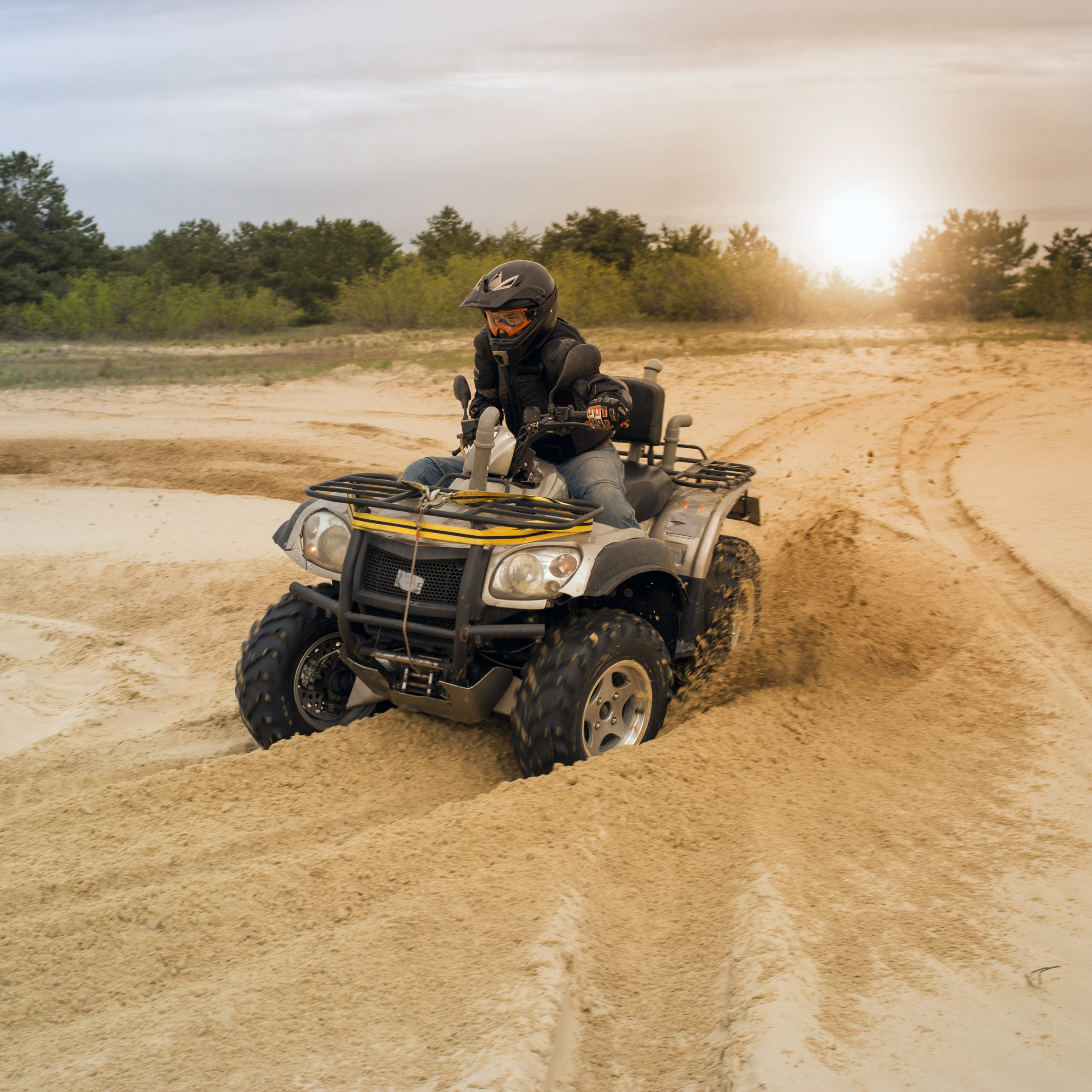It doesn’t take a heat wave for vehicular heatstroke to occur.
When it’s summer in Middle Tennessee, safety experts at Monroe Carell Jr. Children’s Hospital at Vanderbilt want to remind parents and caregivers to take appropriate steps to prevent illness and deaths that can happen involving hot cars.
“The overwhelming majority of hot car tragedies involve a child who was unknowingly left or gained access to the vehicle on their own,” said Stacey Pecenka, manager of the Pediatric Trauma Injury Prevention Program at Monroe Carell. “Life is full of distractions and keeping track of where your children are is more important than ever.”
Why do hot car deaths happen?
Over the past 25 years, more than 970 children have died of heatstroke because they were left or became trapped in a hot car, according to the National Highway Traffic Safety Administration. In Tennessee alone there have been 38 child vehicular heatstroke fatalities since 1990.
A child’s body heats up three to five times faster than adults, according to physicians at Monroe Carell. When the body’s temperature reaches 104 degrees, the internal organs begin to shut down. Children are placed at extreme risk for severe hyperthermia and heatstroke in just minutes, Pecenka said.
It doesn’t take a heat wave for vehicular heatstroke to occur. The lowest outside temperature at which heatstroke can occur is 57 degrees.
“In just 10 minutes, the temperature inside a car can rise 20 degrees and continue to rise,” she said. “Cracking a window does not help to reduce the temperature inside the car on an 85-degree day. And even on cooler days, cars can heat up quickly due to the sun’s heat being trapped in the car, much like the sun warms a greenhouse.”
In Tennessee, it is illegal to leave your child unattended in a car. The Tennessee Good Samaritan Law protects people who act to rescue a child or animal trapped in a vehicle. Before breaking a window, they must call 911 or the fire department.
How to prevent pediatric vehicular heatstroke
“It’s really tough to imagine that a child could be forgotten in a car, but it happens, and it can happen to anyone, especially if there is a change in a daily routine,” stressed Pecenka. The following tips can help parents and caregivers avoid vehicle-related injuries or death:
- Never leave your child alone inside the car, even for a minute. Rolling windows down or parking in the shade does little to change the interior temperature of the vehicle.
- If you see a child alone in a locked car, act immediately and call 911. A child in distress due to heat should be removed from the vehicle as quickly as possible and rapidly cooled.
- Use cellphone or computer reminders to make sure children have been dropped off at the desired location.
- If your child is missing, check vehicles and trunks first.
- Teach your children to never play inside vehicles to prevent them from accidentally locking themselves inside one.
- Be sure to lock all doors and windows to vehicles on your property.
- Look before you lock. Get into the routine of always checking the back seats of your vehicle before you lock it and walk away. In partnership with the Tennessee Secretary of State’s office, Vanderbilt Health has provided free hangtags to serve as a visual reminder to check the backseat.
- Get in the habit of keeping a stuffed toy or other memento in your child’s car seat, then move it to the front seat as a visual reminder when the baby is in the back seat. Or place your phone, briefcase or purse in the back seat when traveling with your child.
- Have a plan with your childcare provider. If your child does not show up to daycare or school without prior notice, someone should call to locate the child. Have your childcare provider call if your child is more than 10 minutes late.

Protecting your children
The Injury Prevention Program at Monroe Carell Jr. Children’s Hospital at Vanderbilt is a nationally recognized program aimed toward reducing traumatic injuries among children, while promoting safe behaviors in the community.




